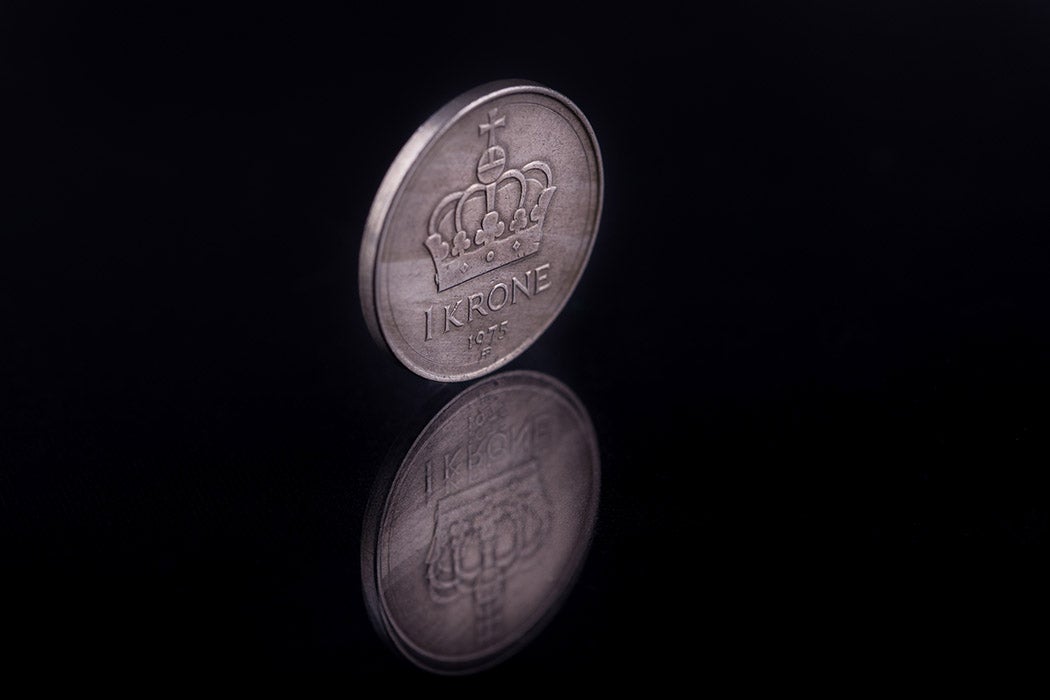In the complex tapestry of global finance, few entities hold as much intrigue as sovereign wealth funds (SWFs). These state-owned investment vehicles, often shrouded in mystery, wield immense financial power and influence, shaping economies and markets worldwide. As SWFs quietly amass and deploy trillions of dollars, it becomes crucial for anyone looking to grasp the future of global economics to understand their inner workings and strategic moves. What secrets lie behind their vast fortunes, and how do they impact the financial world?
The origin of most sovereign wealth funds is in the extraction and sale of oil and gas. In the mid-twentieth century, oil-rich countries generated massive streams of revenues from selling oil internationally and needed a vehicle through which to invest their profits. Kuwait was the first to create what’s now recognized as a sovereign wealth fund, establishing the Kuwait Investment Authority in 1953. Many more oil-rich countries followed suit, aiming to stabilize their economies against the volatility of oil prices and to ensure that future generations would benefit from current oil wealth.
Today, the largest sovereign wealth fund, worth more than $1.6 trillion, is the Norwegian Government Pension Fund, more commonly known as the “Oil Fund”. To put this value into context, the fund owns approximately 1.5 percent of all the world’s listed companies. Others worth more than or near $1 trillion include those of China, the United Arab Emirates, Kuwait, and Saudi Arabia. While not owning the largest fund, China owns three of the largest ten, making it the country with the largest SWF assets, nearly $3 trillion
The sheer size of these funds has caused geopolitical concern for decades. The scope for using them for nefarious political means has grown with their value; if an SWF were to invest in companies and projects in a foreign country, how much influence could they attain? As equity research analyst Thomas Junghanns and economist Jan Körnert write, China would need to invest only 20 percent of its sovereign wealth fund assets to acquire control of a set of seventeen European banks deemed critical to the stability of the Eurozone. In other words, with only a fraction of the financial power available, the fund is capable of controlling and destabilizing Europe’s financial sector.
Weekly Newsletter
It’s unsurprising, therefore, that the West is worried. Further consternation comes from the fact that SWFs are notoriously opaque regarding their activities, often refusing to disclose their investments, especially those of countries with authoritarian regimes. Even the aforementioned Norwegian fund, considered among the most transparent, has faced criticism for some investments with questionable ethics, such as in the Russia-linked Delta Topco, the holding company of Formula 1, writes Hans Erik Næss. There’s a problem here, however. Countries want foreign investment. It’s good for growth. A tradeoff therefore emerges between wanting foreign investment to flow into the country and protecting national security, political economist Benjamin J. Cohen explains. It’s a dilemma many countries are grappling with.
Even if funds are not politically motivated, some have suggested the sheer scale of money flowing into foreign investments has led to a structural shift in the global economy. The increasing value of public investment money relative to private is fueling the phenomenon of state capitalism, according to others. Whilst to date SWFs have, at least openly, remained relatively benign, their size and power means geo-political tensions are unlikely to recede.







